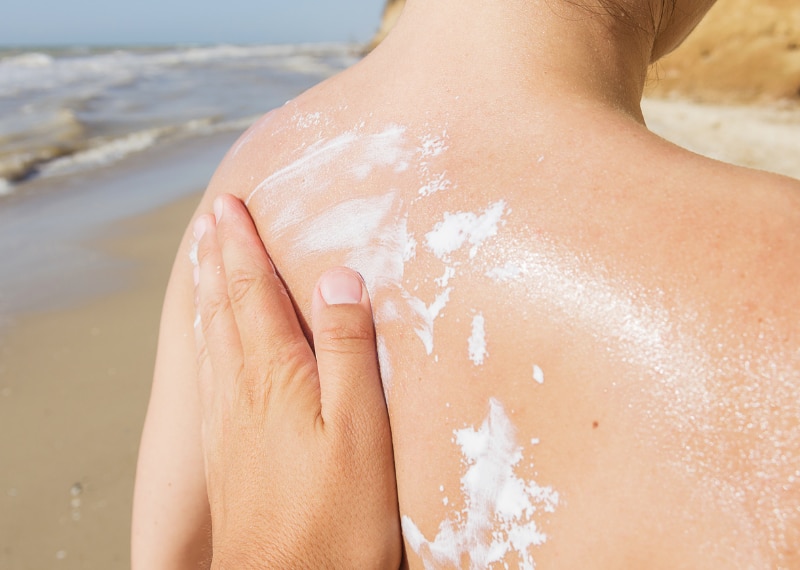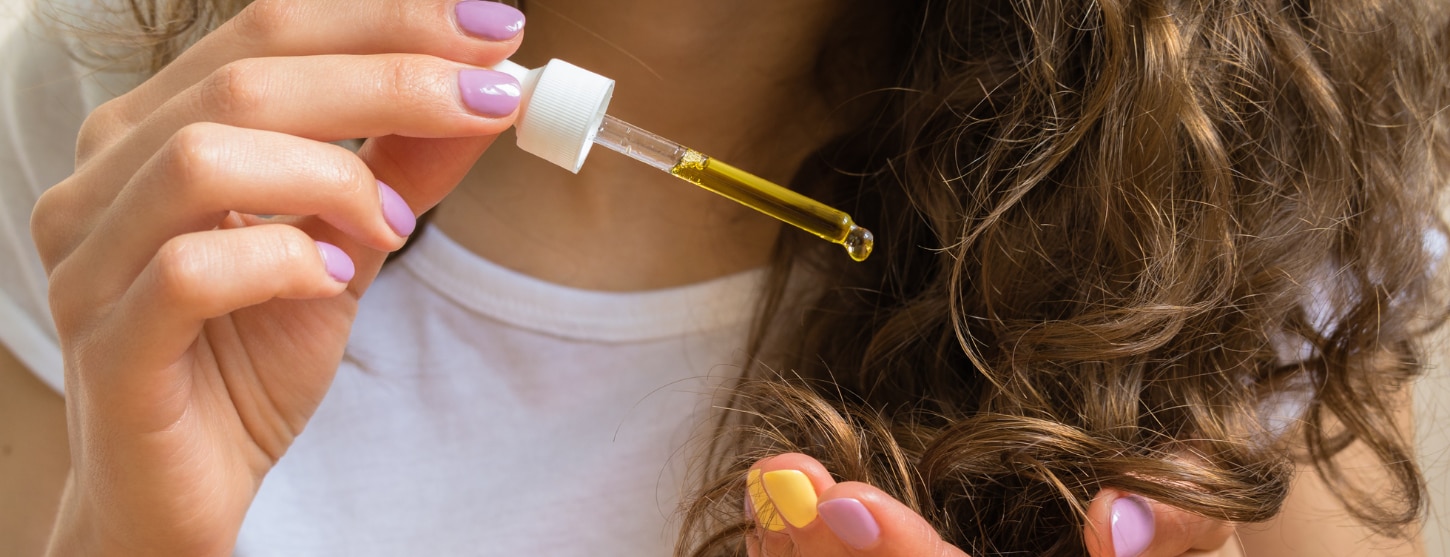15% off £40
What is mineral sunscreen?

Whether you're strolling around the park or lying on a tropical beach, you're exposed to the sun’s harmful rays.
While some sun exposure is good for us – it provides vitamin D and increases serotonin levels (the happy hormone) – too much can cause burning and lead to skin damage.
The easiest way to avoid over-exposure is to cover up and limit time spent in the sun; but let's face it, who wants to be without a golden glow all summer?
So our next best option is to limit any damage that could be done by applying sun protection, as this shields you from both UVA and UVB rays.
We all know how important it is to wear sun cream – scientists believe that 80% of visible ageing is caused by sun damage.1 Still, few know that not all sun creams are created equal.
What is mineral sun cream?
Mineral sun creams should only contain zinc oxide and titanium dioxide.2
Although still chemically engineered in a lab like chemical sun creams, mineral sun creams can be gentle on the skin and protect against the sun for longer.3
How does mineral sunscreen work?
Mineral sunscreens contain the minerals zinc oxide and titanium oxide, and work by creating a physical barrier on your skin that reflects the sun’s rays.
They have to be applied evenly over your skin to be effective. In contrast, chemical sun creams – the most common kind – chemically engineer a barrier to protect against UVAs and UVBs.
Mineral sun creams offer protection from both UVA and UVB rays, but often use fewer ingredients, which makes them more suitable as skincare for sensitive skin or people who want to use conscious beauty.


3 benefits of mineral sunscreen
- They work immediately – Mineral sun creams protect you from the sun directly, unlike chemical sun creams, which can take as long as 20 minutes to be absorbed and become useful.4
- May be suitable for sensitive skin – Zinc oxide and titanium dioxide may be suitable choices for those with sensitive skin.5
- It’s better for your skin – A lot of mineral sun creams now come with skin-beneficial oils and antioxidants, so they can be actively good for your skin.
Myth-busting mineral sunscreen
Read on to find out all our top myth-busting mineral sunscreen facts.
- They all leave a white cast: While mineral sun cream has had a bad reputation for causing a white cast on your skin, thankfully times have changed. Nowadays, brands are dedicated to making sure your mineral SPF doesn’t leave a pasty white hue on your face. But if you're still worried about this, it may be wise to let it sink in a little before you do your makeup to get the most natural look possible.
- They don’t work as well: Wrong! Mineral sunscreens work just as well as their chemical counterparts – and they actually work straight away, thanks to the physical barrier they provide.
- Mineral oil: Although it sounds like it should be, mineral oil isn’t generally an ingredient used in mineral sunscreens. This is because it is actually a heavily processed form of petroleum, often used in things like baby oil and petroleum jelly.
How to apply mineral sunscreen
Generally speaking, you can apply mineral sun protection in the same way as chemical ones.
- Ensure your skin is completely clean and dry.
- Add small dots of the sun cream all over the areas that are going to be exposed, then gently rub in.
- Still got a white cast? Keep on rubbing it in.
- Let it sink in for 15 minutes before applying any makeup.
- Re-apply every two hours.


Thanks to their reflective properties, traditional mineral sunscreens used to leave a white residue on the skin (think of those seen on the noses of cricket players or Aussie lifeguards in the ‘90s).
However, with the advances in technology, zinc and titanium oxide particles can now be made much smaller, meaning they're no longer visible.
This means new mineral sunscreens are clear, but still offer effective protection against UVA and UVB rays. However, for peace of mind, once children’s mineral sunscreens have been applied, they leave a thin white layer so you can see where the sunscreen has been applied.
Cons of mineral sun cream
Some mineral sun creams must be reapplied more frequently than chemical sun creams when swimming or sweating, as they wash off easier.
The final say
- https://www.ncbi.nlm.nih.gov/pmc/articles/PMC3790843/
- https://www.npr.org/sections/health-shots/2019/08/04/747648291/confused-about-sunscreen-ingredients-heres-what-we-ve-learned
- https://www.britishskinfoundation.org.uk/blog/sunscreen-explained
- https://www.britishskinfoundation.org.uk/blog/sunscreen-explained
- https://www.skincancer.org/prevention/sun-protection/sunscreen/choosing
- https://haereticus-lab.org/oxybenzone-2/
The advice in this article is for information only and should not replace medical care. Please check with your GP or healthcare professional before trying any supplements, treatments or remedies. Food supplements must not be used as a substitute for a varied and balanced diet and a healthy lifestyle.













